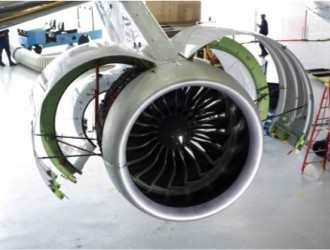Early in their studies of aerodynamics, most students realize that aviation can be pretty counterintuitive. Whether it’s adverse yaw in airplanes or vortex ring state in helicopters, the interactions between air and rapidly moving machinery take surprising turns. Yet to those with the necessary expertise, aerodynamics are highly predictable. The conundrum confounding aviation safety is that human behavior isn’t so predictable—aside from often running contrary to reasonable expectations.

The AOPA Air Safety Institute encountered another example of this while looking into an ostensibly simple question. Beginning around 2005, pilots began to use portable electronics: handheld GPS units, smartphones, and tablet computers. Hasn’t the improved situational awareness they offer helped to reduce the number of accidents involving controlled flight into terrain (CFIT)?
Nope. When we compared the preceding 10 years with 2005 to 2014, we found that the share of accidents involving CFIT has been higher since the portable electronics revolution than before—and the increases were greatest at night and in instrument meteorological conditions. To be clear, there were fewer accidents of all kinds in the second decade, largely because of the long-term decline in flight activity. However, the number involving CFIT fell much more slowly than the total. There were 42-percent fewer accidents of all types in IMC, but the number ending in CFIT decreased just 20 percent. CFIT made up 10 percent of all accidents in instrument conditions from 1995 to 2004, and 14 percent from 2005 to 2014. CFIT in visual conditions at night fell 16 percent—less than half of the 35-percent decline in all accidents under similar conditions.
Why? More head-down time may figure into it—“They fly into the mountainside while messing with their iPads” was one suggestion. But those of us old enough to have driven before airbags and anti-lock brakes became common might attribute most of the increases to the psychology of risk. Rather than using technological innovations to improve the margin of safety around the same behavior, many choose to keep their perceived level of safety the same and expand the envelope to fit. Electronics may thus have the pernicious effect of tempting more pilots to enter marginal conditions while relying on those additional capabilities.





